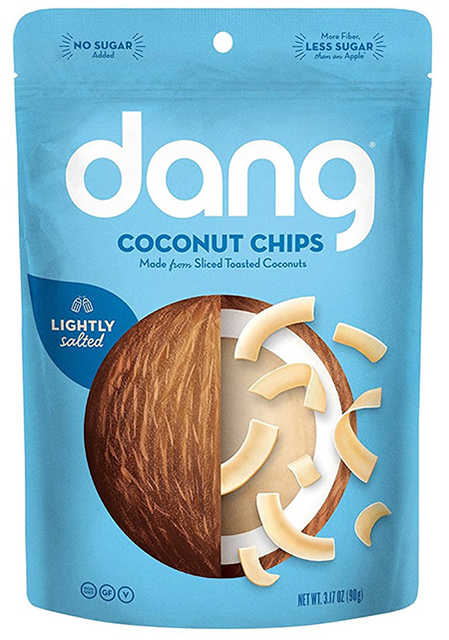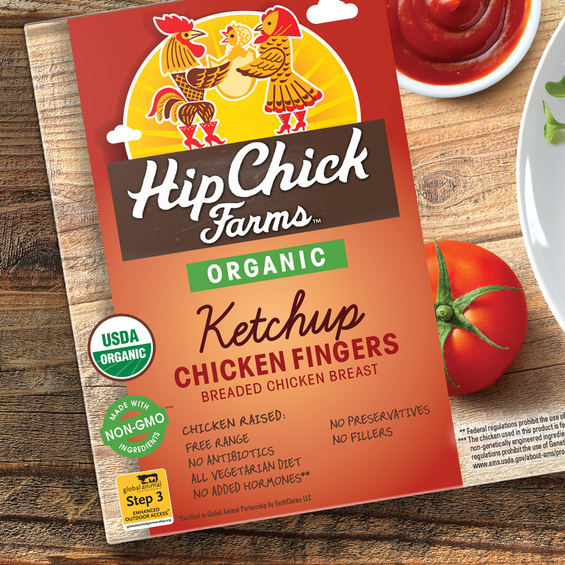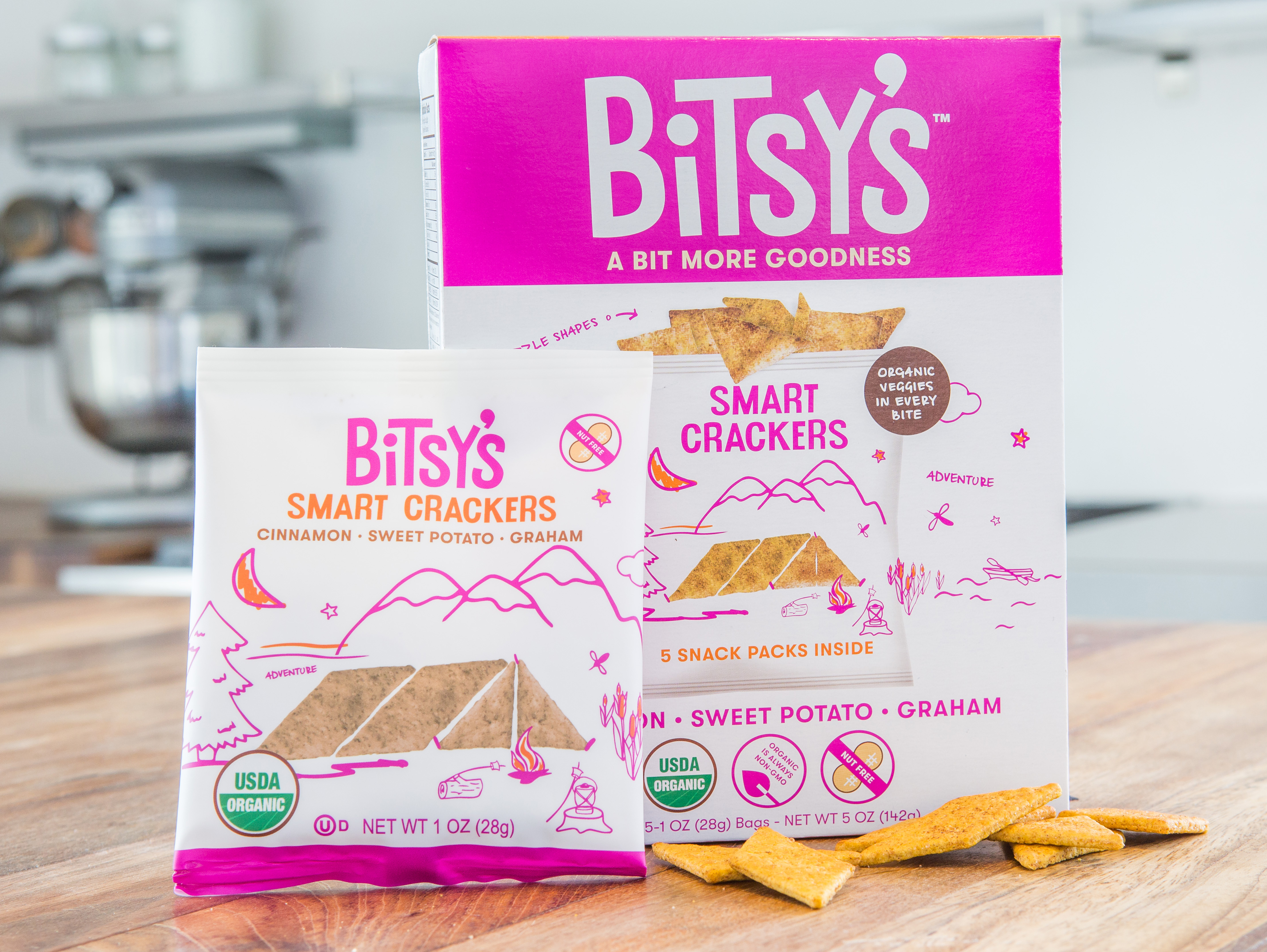
What if we told you that manufacturers are processing crickets, meal worms, and locusts into flours to boost a product’s protein levels? Unsurprisingly, most people in the western world are reluctant to add a scoop of cricket protein powder to their morning shake or pop a couple chocolate covered ants as an after dinner treat. But insects are actually nutritious, sustainable, protein dense, and high in easy to absorb vitamins and minerals.Interested yet?
How about this: a massive 2013 report published by the Food and Agriculture Organization of the United Nations encouraged consumption of edible insects as a global food source because of their many health benefits. It’s time to jump on the creepy crawly bandwagon and embrace entomophagy, the practice of eating insects.
Crunch on Crickets
Companies like CRIK Nutrition, Entomo Farms, Exo Protein, and Chapul are revolutionizing the cricket industry with products like cricket protein powder, protein bars, and flour. You can even munch on cricket cookies from Bitty Foods and chocolate or candy coated worms from Hotlix. Plus, more and more Oaxacan restaurants are popularizing the Mexican snack chapulines — fried grasshoppers that are usually coated in lime and spices. Now will you eat bugs?
Well, for one: we already are. Bugs are practically impossible to keep out of your foods, and you’re already consuming far more than you’d imagine. For instance: one cup of rice contains up to three whole insects; the ground coffee used to make one cup of coffee contains up to 60 bug parts; and the tomato sauce used in one regular pizza contains up to 30 fly eggs or two whole maggots. Many coatings used in the manufacture of candy are made from bug parts, too. But instead of being grossed out by this, we should embrace it.
Nutritionally Dense Cricket Protein Powder
For over two billion people in the world, insects make up their main source of protein. They are one of the most nutritionally dense foods on the planet, with over twice as much protein as beef, more calcium than milk, more iron than spinach, and more omegas and B12 vitamins than wild salmon. Plus, they boast high levels of zinc, magnesium, and B6, and are loaded with amino acids.It’s practically the perfect food for humans and planet! Are those two billion people paleo? Likely they just know an affordable protein source when they see one.
Easy to Grow & Sustainable
Growing crickets requires less resources than traditional livestock. Cattle farms are notoriously horrendous for the environment, but cricket farms require 2,000 times less land and water, grow 13 times faster, produce 100 times less greenhouse gasses, and consume 12 times less feed.Sweet!
More Ethical
We won’t get into the nitty-gritty details of cattle farming and let’s not get started on the waste and by-products cattle and other animals produce, but let’s just say it ain’t pretty. Crickets, however, naturally cluster on their own, so you don’t have to force them into tight quarters. And none of the insects are going to waste. Traditionally, we only consume about 40 percent of the cows we raise for livestock, but the entire cricket is dried and ground up, so you’re not squandering any of the product.
So What’s the Hold Up?
Most people are, quite frankly, irked by the thought of eating insects and associate it with disease and filth. But insects can be a part of a healthy and happy diet. Lobster and shrimp, for example, were once shunned as dirty, but are now considered delicacies. And high-end restaurants are already starting to serve insects on their menus. It’s only a matter of time until westerners realize that bugs are the latest superfood and here to stay.





